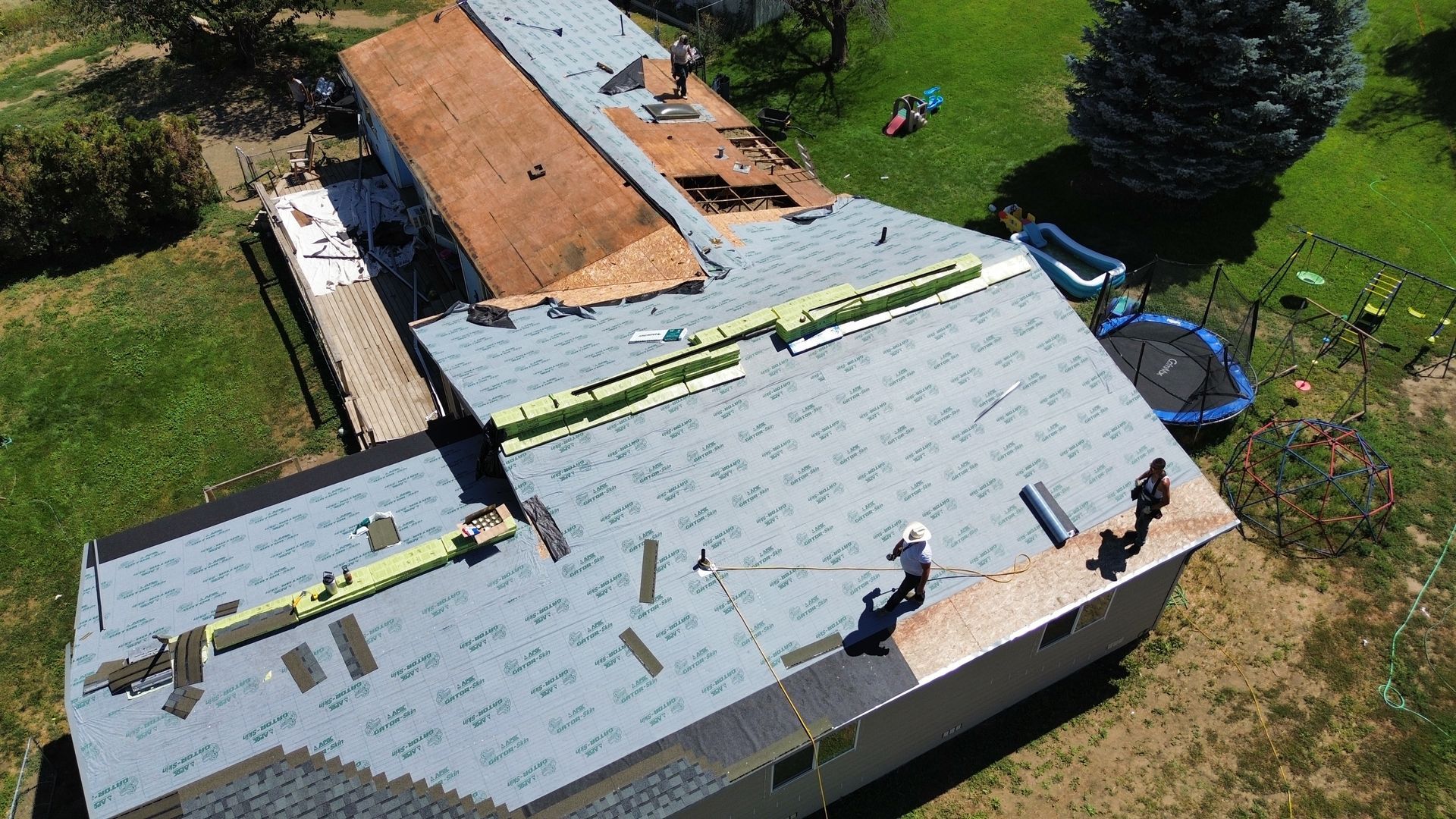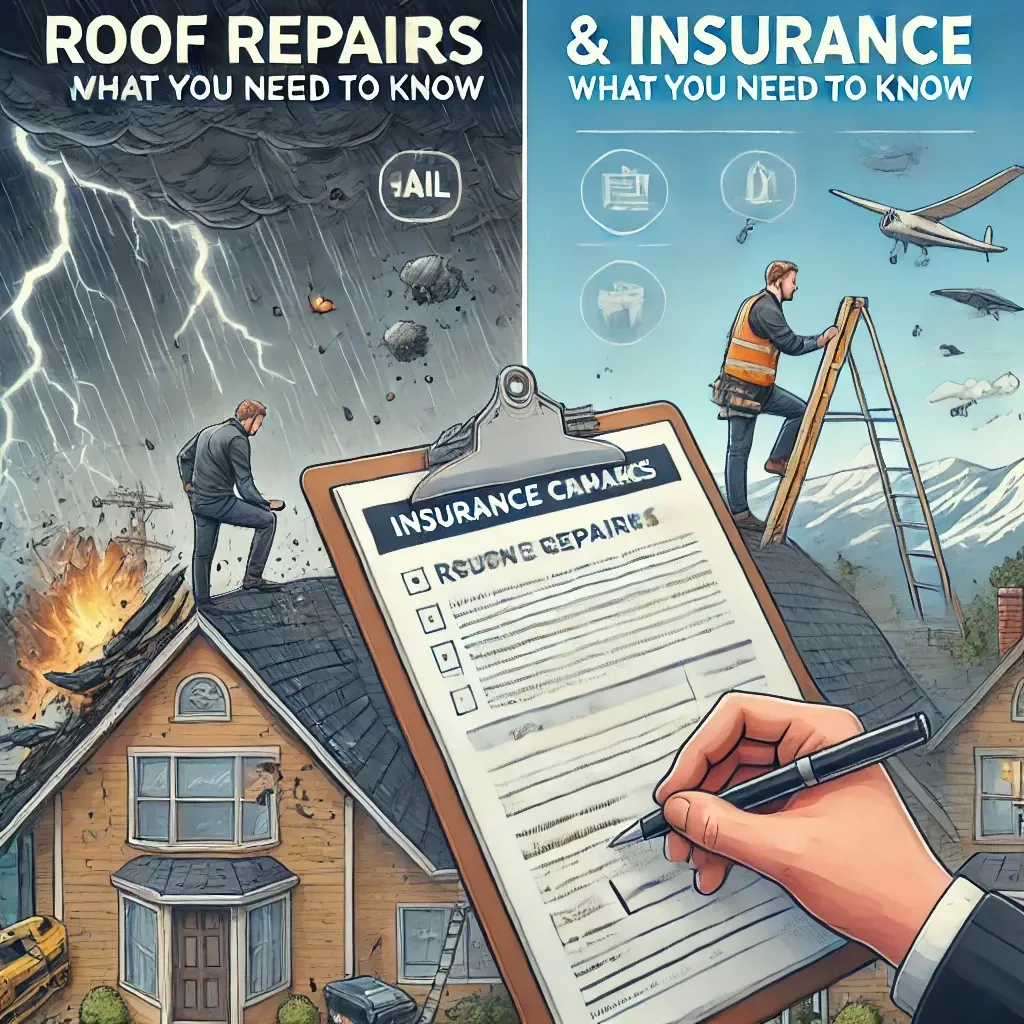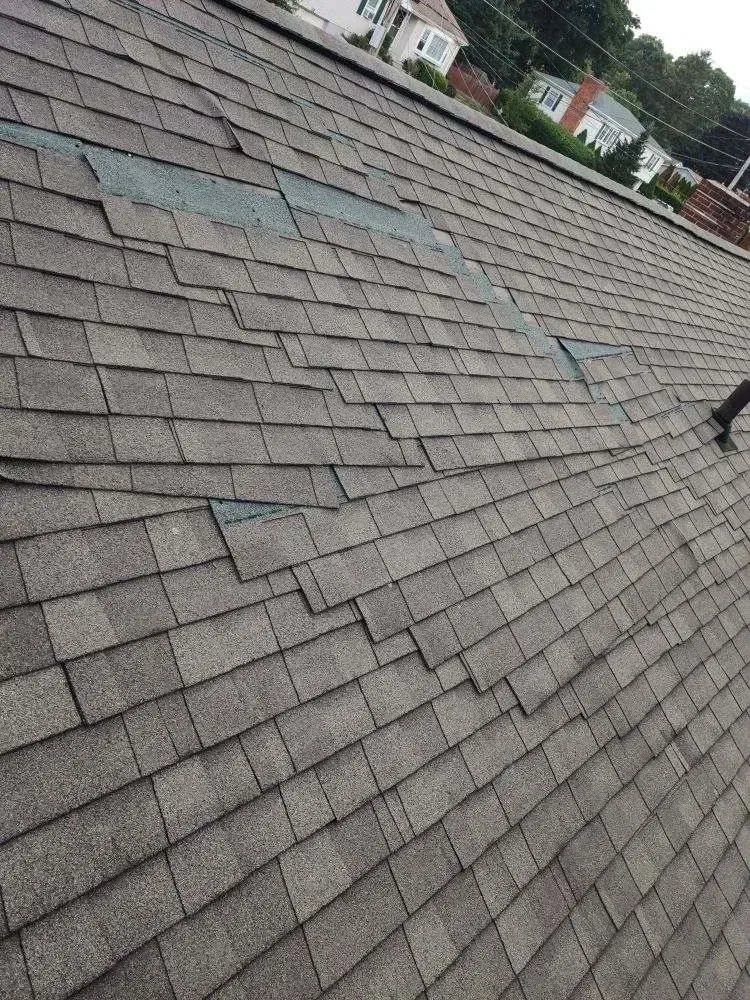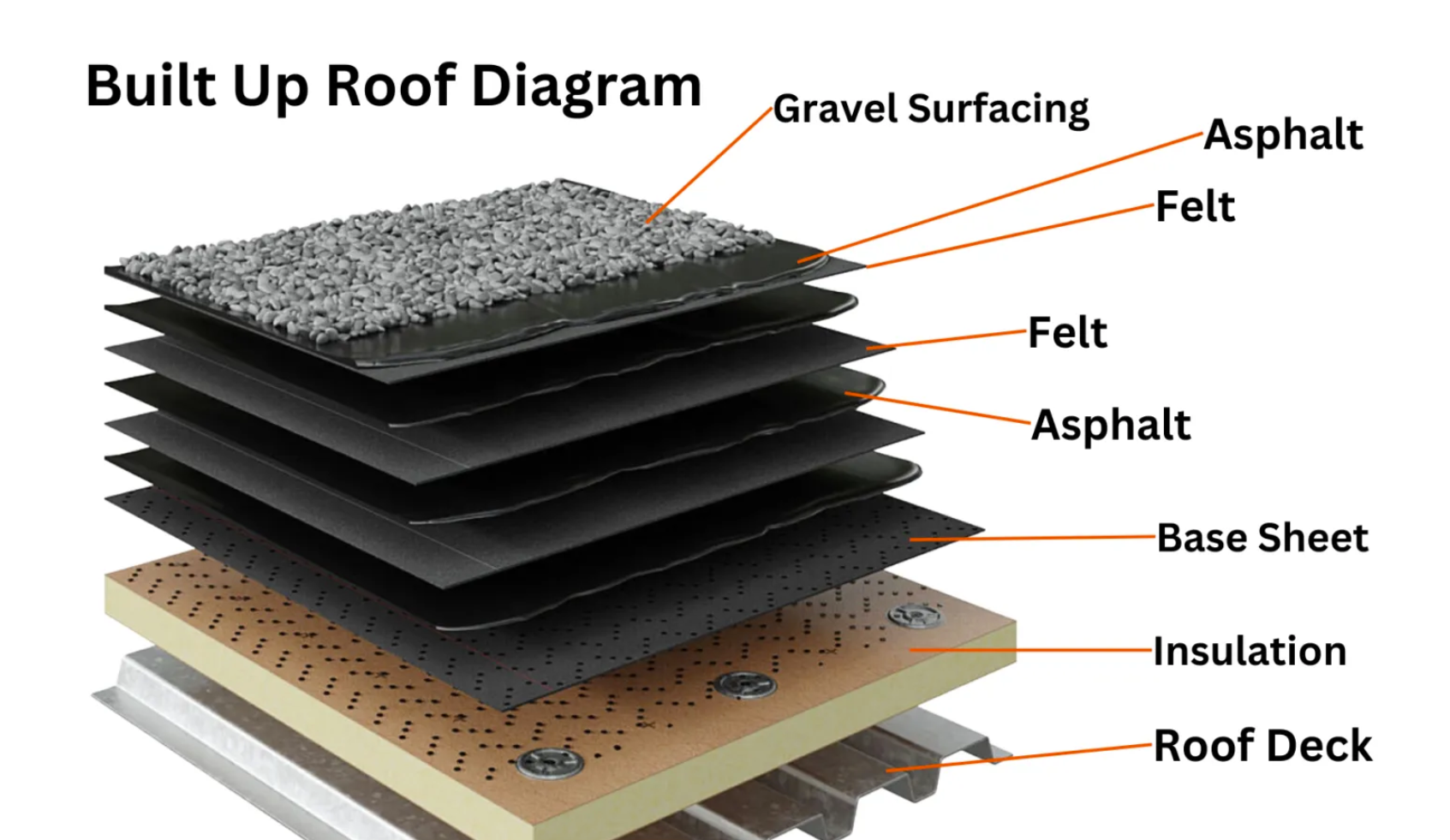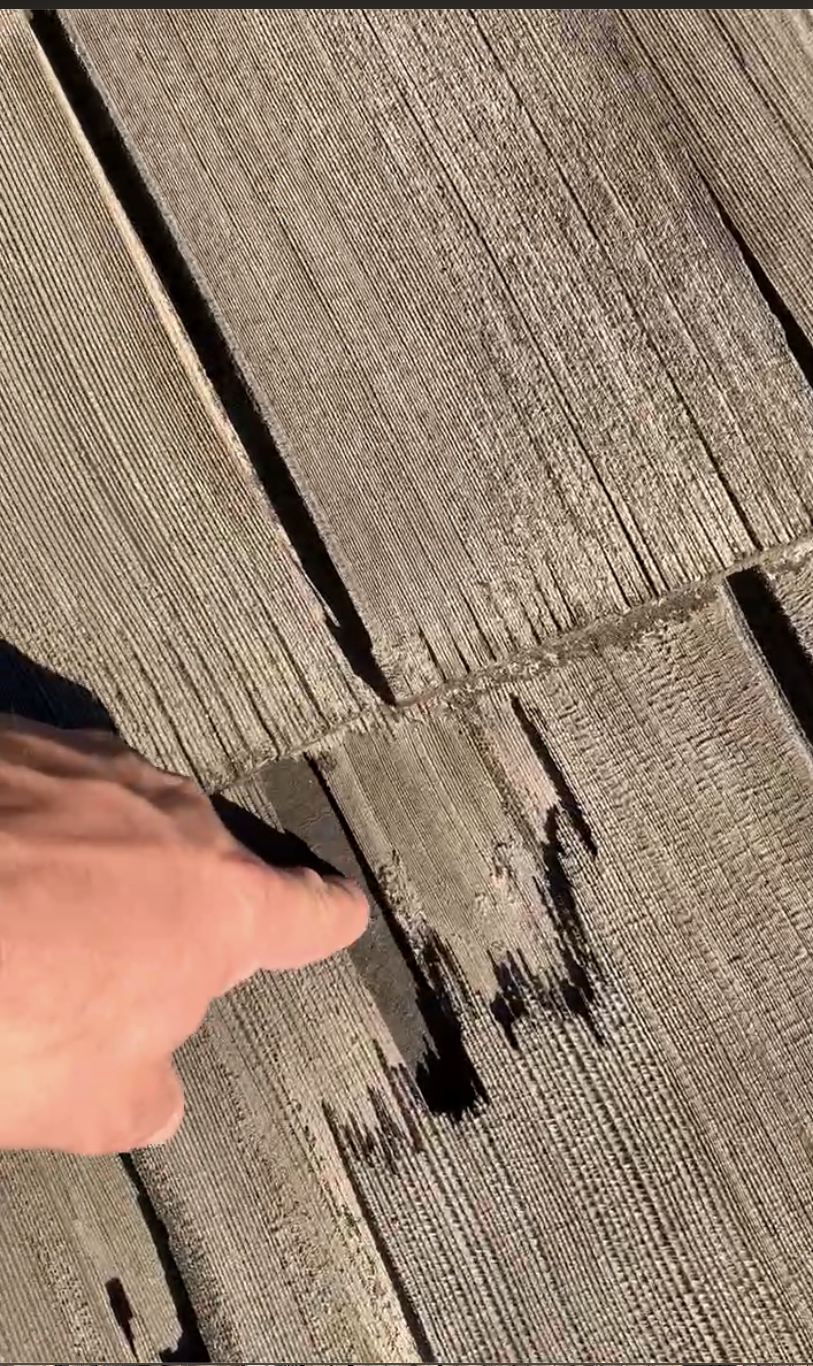Contract Analysis
Learning the secrets that are in a contractors Estimate.
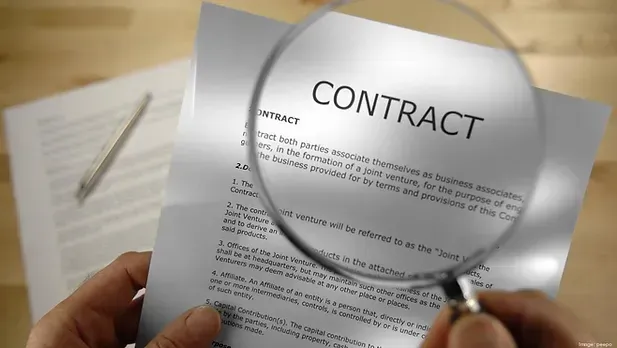
What isn't written is just as important.
Know what your getting by asking questions and never accept ambiguous scripts of text. The terms of the work should be clear and may not be an expert in the field so read every contract you ask for and if one contractors says we will do this and that, or use this item ask the other contractors who didn't mention those things if they would be using doing or using such and such as well.
What makes the price the price?
A contractors estimate will come down to these basic components.
- Material
- Labor
- Waste Management
- Over head and Profit
- Permits
- Sales Tax
- The final Price.
Materials: Each contractor may use different materials, if everything else from 2-5 was the same the material could still cause differences in price. Some contractor's will use the cheapest materials possible, whiles others will use products that are much better quality. Every contractor will stand behind the products they install, but here is some insight. The contractor that is bidding the higher quality products may be loosing the bidding wars because they bid the higher quality products. So asking each contractor what they are bidding and why is a good start to understanding why there is a difference in each of the contracts prices.
Labor: Removing Materials from the equation Labor is another reason why estimates may be different in price. Some contractors pay a piece rate, this means the installer is paid based on performance. The faster they install the higher their pay. This is a only good for the contractor never good for the home owner. Piece rates can lead to poorer quality and lack of training of newer installers since time is money who has the time to train? Not only that since time is literally money the experienced installers will always opt for the easier work and place the less experienced installers on the details that they haven't been well trained to do in the first place.
The other issues facing labor are those who do not pay workers comp. The contractor that doesn't pay workers comp doesn't have to pay by the rules. This means they can lower they can pay their employee's the same rates as those who do fallow the book, but won't have to pay the extra tax.
Waste Management: is typically smaller, it's just the cost to haul the old materials way to the dump.
Overhead and Profit: Every business must charge O&P or they won't be around very long. However some contractors have very high O&P and can't bid on smaller projects or they won't be able to make the bills. But many contractors with high O&P still bid on smaller projects hoping to compete with smaller companies with smaller O&P. Overhead is just the cost of doing business. Profit must be worth it for a contractor to take the risk and put the wear on his equipment.
The roofing contractor that doesn't charge enough profit will have no funds when the truck breaks, down, the trailer needs breaks, or a new safety equipment is needed to stay in compliance with OSHA regulations.
Permits: Within the city limits a permit must be obtained for re-roofing projects. The permit price must be factored into the estimate. If you do not see text stating that the permits are added to the final balance then you should see it as a line item. If it isn't ask why its not.
Sales Tax: Just like the permits the sales tax must be either stated that tax is included or a separate line item showing the tax amount displayed.
Final Balance: The final price may differ from each of the contractors who submitted their proposals to you. Sales tax and permits should be figured in addition to the final balance if they are not present in either price or description. Comparing Estimates that do not have sales tax or permits included will appear to be lower in overall cost when in fact they may not be.
Scope of Work
Contractors estimates should included either a description of the work to be done or line items. For example.
Description: Remove old roofing system, haul away. New roof to consist of Pabco 30 year shingles, Ice guard at the eaves and valleys and 2 feet beyond the building line. Drip edge metals along the eaves and gables. synthetic underlayment's over the surface of the roof. Valley pan metal in the valleys. New flashings for wall and penetrations.
Price $3000
Line Items:
Remove existing roof and Haul away. $200
New Pabco Roof install: $2500
It doesn't matter what format is used. But as you can see in the second example the price isn't as high overall as example one. What is example two not saying? Well to begin with it isn't list as much detail as to what is going to be used. Is example two using new flashings for penetrations and walls? What products is example two using? Will example two be installing ice guard two feet beyond the building line? We may not know much about roofing, but by comparing these two we can begin to formulate some questions.
We should ask contractor of example two these questions. Could this be why there is such a big difference in the price? $2700 compared to example one's $3000? Most often lack of information gives the contractor the freedom to install what ever they wish. If you signed the contract of example two then they may install the old pipe flashings even if you wanted new one's. After the job is done and you see the old flashings and ask,
You: "Why didn't you get new pipe flashings, I thought they would be new?"
Contractor; "Nope, we didn't bid new one's into the job."
You: "Why not? I want knew ones!"
Contractor: "Sure we can change them out and add the extra cost to the bill."
Sadly you did agree to the old one's when you signed the contract. What else are you agreeing to?
